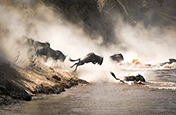What is ISO in photography and how to use it.
Explore how this camera setting adjusts light sensitivity to help you achieve the exposure you want.
What is ISO?
ISO is one of the three pillars of the photography exposure triangle, along with shutter speed and aperture, that you can adjust when capturing a photo.
ISO controls the amount of light that your camera lets in and has a huge impact on the darkness or light in your photos — something you might adjust for technical or artistic reasons.
Originally, ISO numbers were set by the International Organization for Standardization (where the name ISO comes from) to refer to the sensitivity of the film in a camera to light. ISO standards in digital photography today still have the same numbering system to indicate the sensitivity of a digital camera sensor to light.
Adjusting your ISO settings.
The ideal ISO number allows your camera to achieve good image quality by letting the right amount of light hit the image sensor. In brighter lighting, lower ISO is best — low ISO values are better in well-lit scenarios. Conversely, when less light is available, you need a higher ISO to compensate. High ISO increases your camera’s light sensitivity, which is ideal for low-light situations.
Selecting the right ISO.
Here are a few general rules for finding the right sensitivity level for your DSLR or mirrorless camera’s digital sensor.
ISO 100: This is the best choice for shooting outdoors on sunny days — the brightest situation you’ll likely be shooting in.
ISO 400: When the lighting is still good, but less intense — like indoors by a window or outside on a cloudy day — a slightly higher ISO is ideal.
ISO 800: If you’re shooting indoors without an additional light source like a flash, you’ll be working in this range.
ISO 1600 or higher: When it’s dark out, or if you’re shooting indoors with dim lighting, you’ll need a high ISO. If movement is involved, you’ll want to pair that high ISO with a fast shutter speed, as well.
“When the sun is bright outdoors, I barely adjust ISO,” photographer Ivy Chen says. “But when the sun is setting or I’m shooting inside and light conditions change, I’ll start upping my ISO to keep my photos properly exposed.” And while this guide gives you a good start, understanding ISO will be greatly informed by how you adapt while shooting.
Photography tips for ISO.
Your camera can be a great educational tool for learning ISO. “Set the camera to auto ISO and look back at your work to see what ISO was recorded,” photographer Stephen Klise suggests. “It will help you understand the relationship between real-life situations and ISO.”
While graininess is sometimes used as an artistic effect in photography, lower ISO values will give you less noise or grain on your final image, which is typically ideal. “You want your ISO to be as low as possible while still freezing the action, even if you want some grain for stylistic reasons,” photographer Derek Boyd explains. “The lower the ISO, the more detailed the photo.” But just because your camera can shoot at ISO 50 doesn’t mean you should do that all the time — experiment to select the ISO for each situation that achieves the level of clarity or grain you want. While a stationary subject and use of a tripod can help capture clear, low-noise photos in a dark setting, when shooting handheld with low light, increasing shutter speed with high ISOs can help reduce digital noise if you want less grain. In well-lit scenes, you can close your aperture down a bit more to increase clarity in your photo.
Experience will be your best teacher, but you can learn more about shooting in different situations from professional photographers.
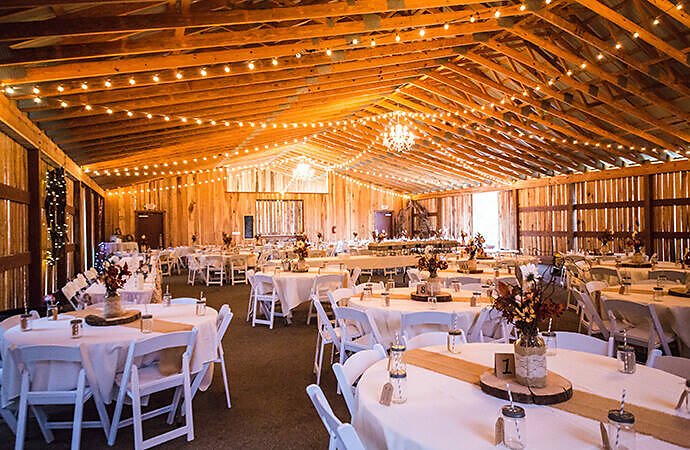
With events that often require shooting in bright outdoor light and dim indoor settings within just a few hours, understanding how to adapt your ISO to new lighting is essential.
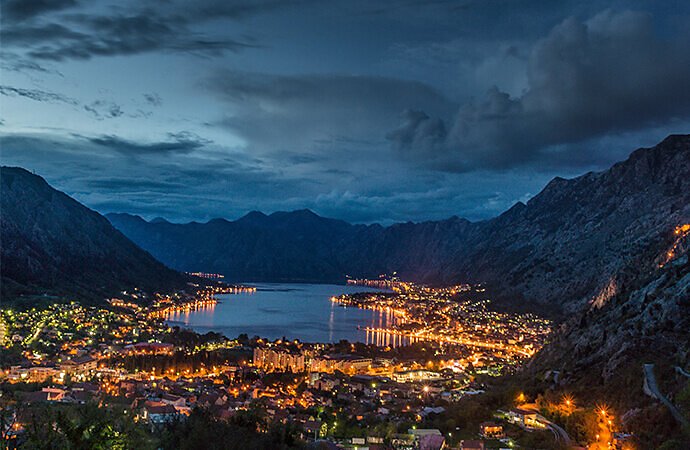
Discover the challenges of capturing good photos at night and how a mastery of your camera’s settings can help.
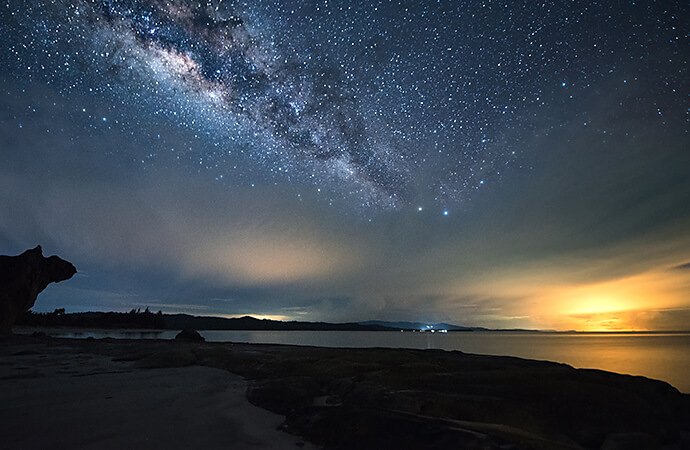
If you want to shoot photos of the night sky, a high ISO setting is essential. Learn more about photographing the stars with the right equipment and camera settings.
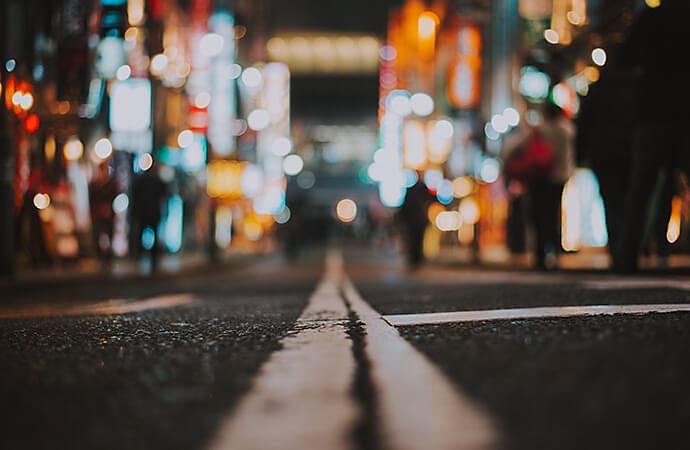
Focal length and dynamic range:
Understanding the limitations of your camera will inform your ISO adjustments. Discovering the dynamic range of your camera and growing your knowledge of focal length will help.
Whether your goal is to reach a certain artistic proficiency with your photos or to better adjust to direction to achieve customer satisfaction, mastering ISO settings is a step toward success. Continue honing your skills by exploring new concepts like shallow depth of field and tips for shooting in the rule of thirds.
Contributors
Do more with Adobe Photoshop Lightroom.
Edit photos easily with Lightroom presets, Super Resolution, easily share photos from any device, and access your projects anywhere with cloud photo storage management.
You might also be interested in…
Taking advantage of the golden hour.
Explore how to seize the short moment that many photographers call the best time of day to shoot.
Getting into the sports photography game.
Explore the many ways to make a career shooting sports, from live events to fashion shoots.
Creating great portrait photography.
Take a step closer to perfect portraits with tips and advice from professional photographers.
Tips for capturing nature photos of all kinds.
Explore the possibilities of nature photography, from animals in motion to sprawling landscapes.





